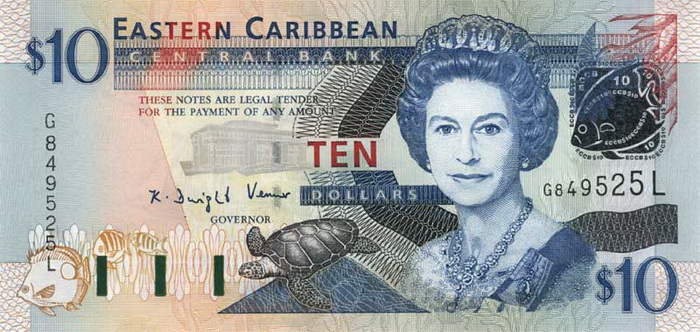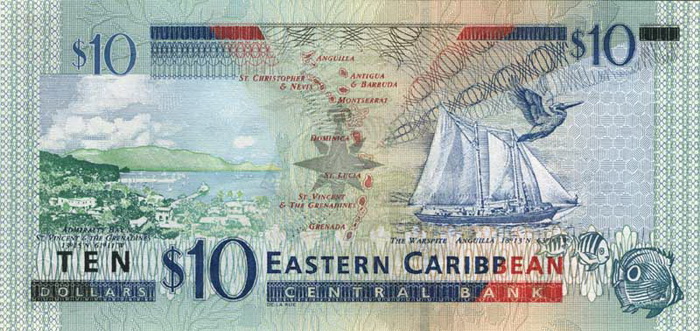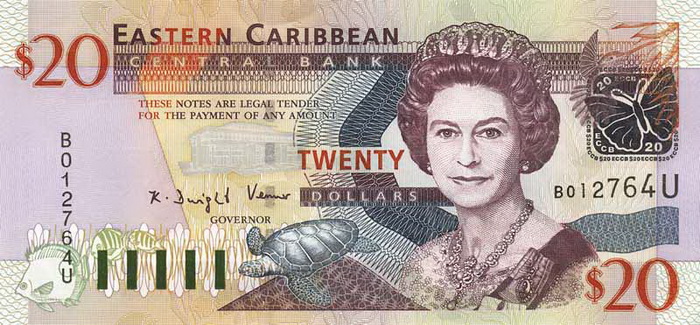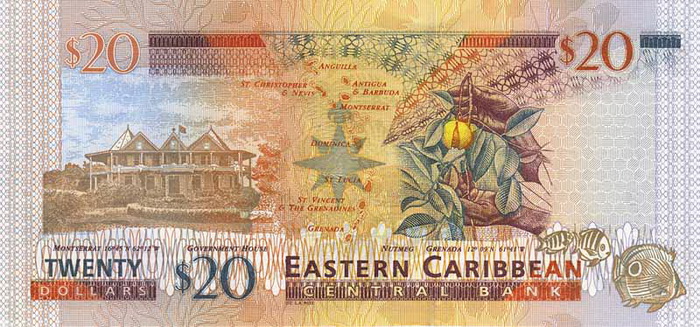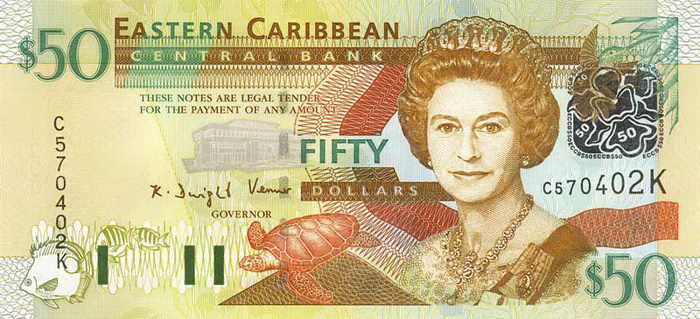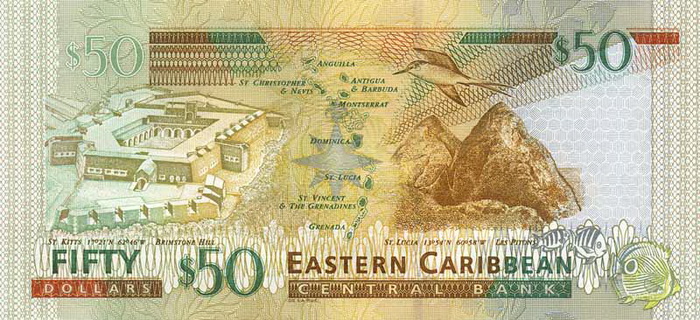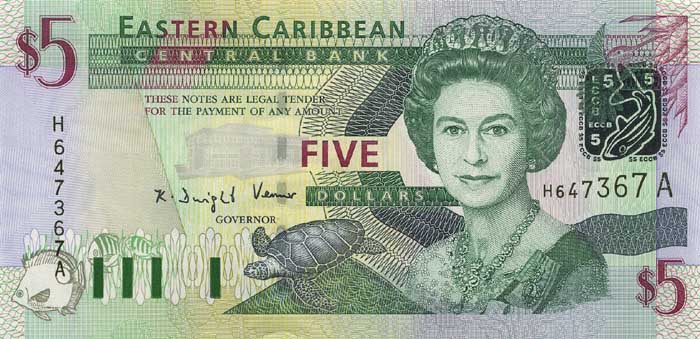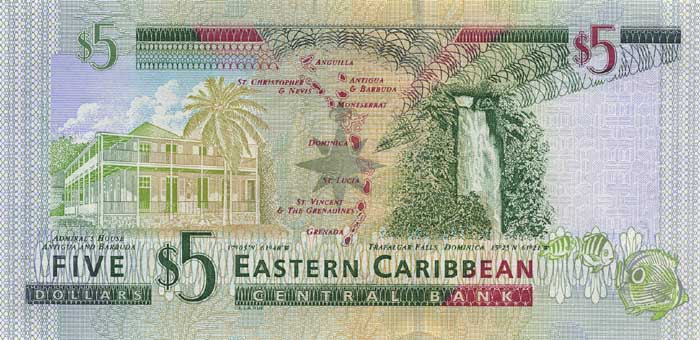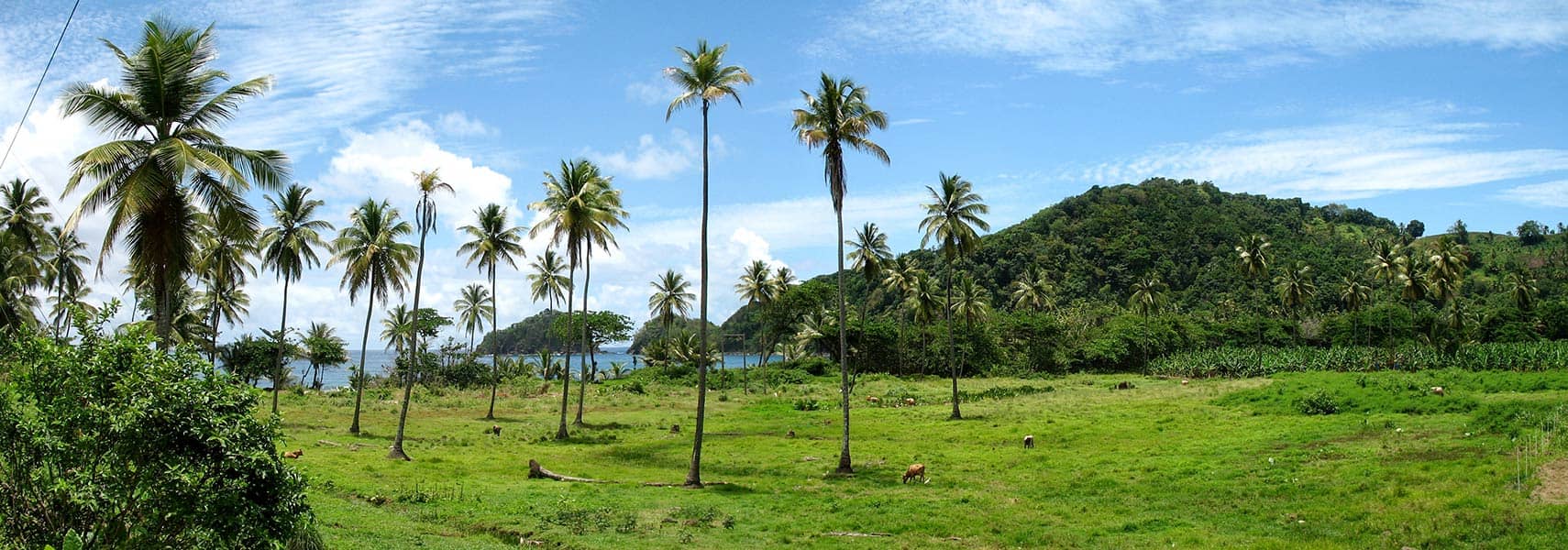Discovering the Allure of Dominica
When it comes to breathtaking natural beauty, Dominica stands out as a gem in the Caribbean. Nestled in the eastern Caribbean, this island lies south of Guadeloupe and north of Martinique. The captivating landscape and rich culture make it a unique destination for travelers. Fascinatingly, it was the last Caribbean island colonized by Europeans, largely due to the fierce resistance put up by the indigenous Caribs. This historical backdrop contributes significantly to the island's character today.
Geographical Wonders of Dominica
Spanning an area of 751 km² (289.5 sq mi), Dominica is slightly larger than Singapore and offers a diverse range of terrains. The island's coastline stretches an impressive 148 kilometers, presenting a myriad of scenic views. Dominica's landscape primarily consists of mountainous and volcanic features, with the highest peak being Morne Diablotins, reaching 1,447 m (4,747 ft). This dormant volcano proudly stands as the second-highest mountain in the Lesser Antilles, following La Grande Soufrière in Guadeloupe.
Rich Cultural Heritage and Population
As the northernmost of the Windward Islands, Dominica boasts a population of approximately 72,000 as recorded in 2014, with Roseau serving as the capital and largest city. The residents speak English as the official language, alongside a French-based Antillean Creole known as Kwéyòl. This bilingual nature adds depth to Dominica’s cultural richness. With an estimated 3,000 Carib Indians still residing on the island, they represent the only pre-Columbian population remaining in the eastern Caribbean, preserving a unique heritage that enriches the island’s identity.
A Historical Journey
The history of Dominica reveals a tale of resilience and strength. This island was under French possession until it was ceded to Great Britain in 1763. Later, it became a British colony in 1805. The tides of change washed over Dominica in 1980 when a corrupt and oppressive administration was replaced by Mary Eugenia Charles. As the first female prime minister in the Caribbean, she led the nation for an impressive 15 years, paving the way for genuine progress and development. Her leadership marked a significant turning point in the island’s governance.
Government and Legal Structure
The political landscape in Dominica features a parliamentary democracy, functioning as a republic within the Commonwealth. The nation gained independence from the United Kingdom on November 3, 1978, establishing a Constitution that same year. This democratic structure allows the people to actively participate in shaping their governance while enjoying freedoms that promote growth and development.
Vibrant Demographics and Culture
The citizens of Dominica proudly identify as Dominicans and primarily have African descent, with a notable presence of the Carib Indian community. The majority of the population practices Roman Catholicism, followed by various Protestant denominations. This religious diversity fosters a culture filled with celebrations, festivals, and community activities that highlight the island's traditions.
The Climate of Dominica
Travelers visiting Dominica can expect a tropical climate, where temperatures can fluctuate dramatically based on the region and the season. This climatic variability contributes to the rich biodiversity found across the island, from lush rainforests to dramatic mountainous terrains.
Natural Resources and Agriculture
Dominica is blessed with an abundance of natural resources, including timber and hydropower, along with arable land that supports agriculture. Although the agricultural sector produces a variety of crops such as bananas, citrus fruits, mangoes, and cocoa, much of this potential remains untapped. Additionally, the forest and fishery sectors present opportunities for further exploitation, making them critical components for future development.
Economic Landscape
The industries in Dominica include soap and coconut oil production, as well as a burgeoning tourism sector that attracts visitors from around the globe. As the nation seeks to diversify its economy, the agricultural exports predominantly consist of bananas, soap, bay oil, and various vegetables. In 2015, significant export destinations included Japan, Jamaica, and Antigua and Barbuda.
Import Dynamics
On the flip side, Dominica relies on imports, which primarily encompass manufactured goods, machinery, food, and chemicals. Notably, Japan and Trinidad and Tobago serve as principal import partners, carving a path for economic relations that enhance the island’s accessibility to essential goods and services.
Conclusion: The Enchantment of Dominica
In summation, Dominica presents a captivating tapestry of history, culture, and natural beauty. With its vibrant population, rich heritage, and stunning landscapes, this island offers visitors an unforgettable experience. Whether it is the thrill of exploring towering mountains or the joy of engaging with local traditions, Dominica truly embodies the spirit of the Caribbean. As travel continues to evolve, this island undoubtedly remains a top destination for adventurers and culture-seekers alike.
Largest cities of: Dominica
| City Name | Population | Year of foundation | |
| Roseau | 15,990 | 1635 | |
| Portsmouth | 3,145 | 1690 | |
| Carib Territory | 3,000 | 1978 | |
| Villet | 1,500 | circa 1751 |
Dominica: Money
